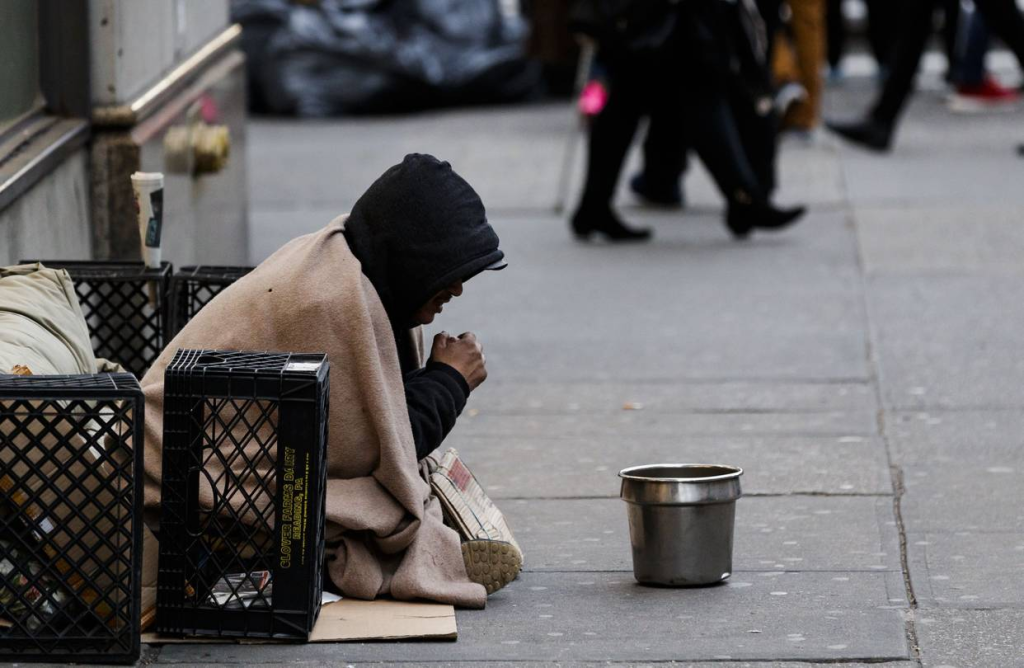Michael Shvartsman’s opinion
New York City, known for its bustling streets and towering skyscrapers, also faces a significant challenge with homelessness. Thousands of individuals and families struggle to find stable housing and essential resources. Addressing homelessness requires a multi-faceted approach, involving government initiatives, non-profit organizations, community efforts, and individual contributions. Here’s how we can all play a part in helping the homeless population in New York.

Government and Policy Initiatives
1. Support Affordable Housing Programs
– The lack of affordable housing is a critical issue in New York. Advocating for and supporting policies that increase the availability of affordable housing units can make a significant difference.
– Programs like “Housing New York” aim to create and preserve affordable housing through various initiatives and funding.
Michael Shvartsman: “Affordable housing is the cornerstone of any long-term solution to homelessness. We must prioritize policies that make housing accessible to all income levels.”
2. Expand Social Services
– Strengthening social services such as mental health care, substance abuse treatment, and employment assistance can help address the root causes of homelessness.
– The city’s “Homeless Outreach Population Estimate (HOPE)” survey helps allocate resources more effectively by providing data on the needs of homeless individuals.
Michael Shvartsman: “Comprehensive social services are essential in providing support beyond just housing. Addressing mental health and substance abuse issues can significantly reduce homelessness.”

Non-Profit Organizations
1. Donate to and Volunteer with Shelters
– Shelters provide immediate relief to homeless individuals by offering a safe place to sleep, meals, and basic necessities.
– Organizations like the Coalition for the Homeless and Bowery Mission rely on donations and volunteers to run their programs.
Michael Shvartsman: “Volunteering at shelters not only provides immediate relief to those in need but also fosters a sense of community and empathy.”
2. Support Transitional Housing Programs
– Transitional housing programs provide temporary accommodation along with support services to help individuals move towards permanent housing.
– Homes for the Homeless offers transitional housing and comprehensive support services for families experiencing homelessness.
Michael Shvartsman: “Transitional housing is a critical step in the journey from homelessness to stability. These programs offer a bridge to permanent housing solutions.”
3. Contribute to Food Banks and Soup Kitchens
– Access to nutritious food is a daily struggle for many homeless individuals. Food banks and soup kitchens play a vital role in providing meals.
– Food Bank For New York City and City Harvest distribute food to shelters, soup kitchens, and community food programs.
Michael Shvartsman: “Food security is a fundamental human right. Supporting food banks and soup kitchens ensures that everyone has access to nutritious meals.” Helping homeless people in New York requires a concerted effort from all sectors of society. By supporting government initiatives, contributing to non-profit organizations, engaging in community efforts, and making individual contributions, we can collectively address the issue of homelessness. Each action, no matter how small, contributes to creating a more compassionate and supportive environment for those in need. Through empathy, advocacy, and direct assistance, we can make a meaningful difference in the lives of New York’s homeless population.
